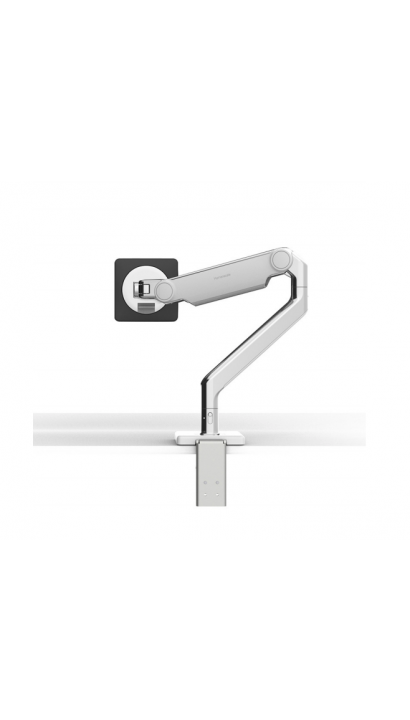The science of fitting a workplace to the user’s needs; Ergonomics aims to increase efficiency and productivity in the workplace by reducing discomfort.
Why invest in Ergonomics?
By applying ergonomics to their work environments, companies can experience a ripple effect of the benefits. When a company takes a proactive approach to employee safety and well-being, employees take notice of this active stance on their wellness.
- Higher levels of job satisfaction
- Higher commitment levels.
- Decrease turnover rates and better quality of work
- Higher employee engagement, satisfaction and productivity
- Improved corporate image and a more impactful brand.
The National Business Group on Health recently found that employers that have health and productivity programs are able to reduce disability days between 10% and 35%, improve return to work rates by at least 6% and experience an ROI ranging from 3:1 to 15:1.






